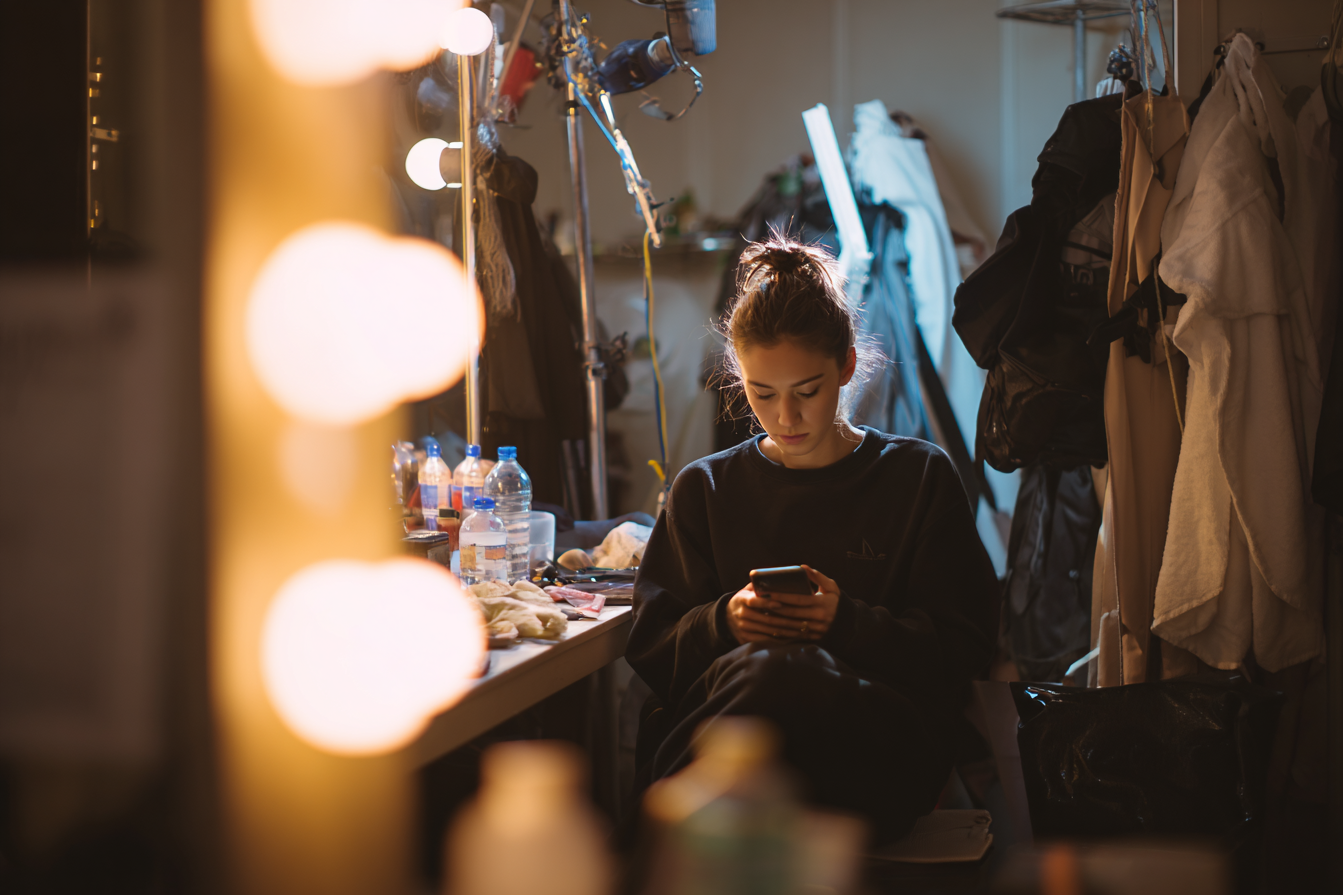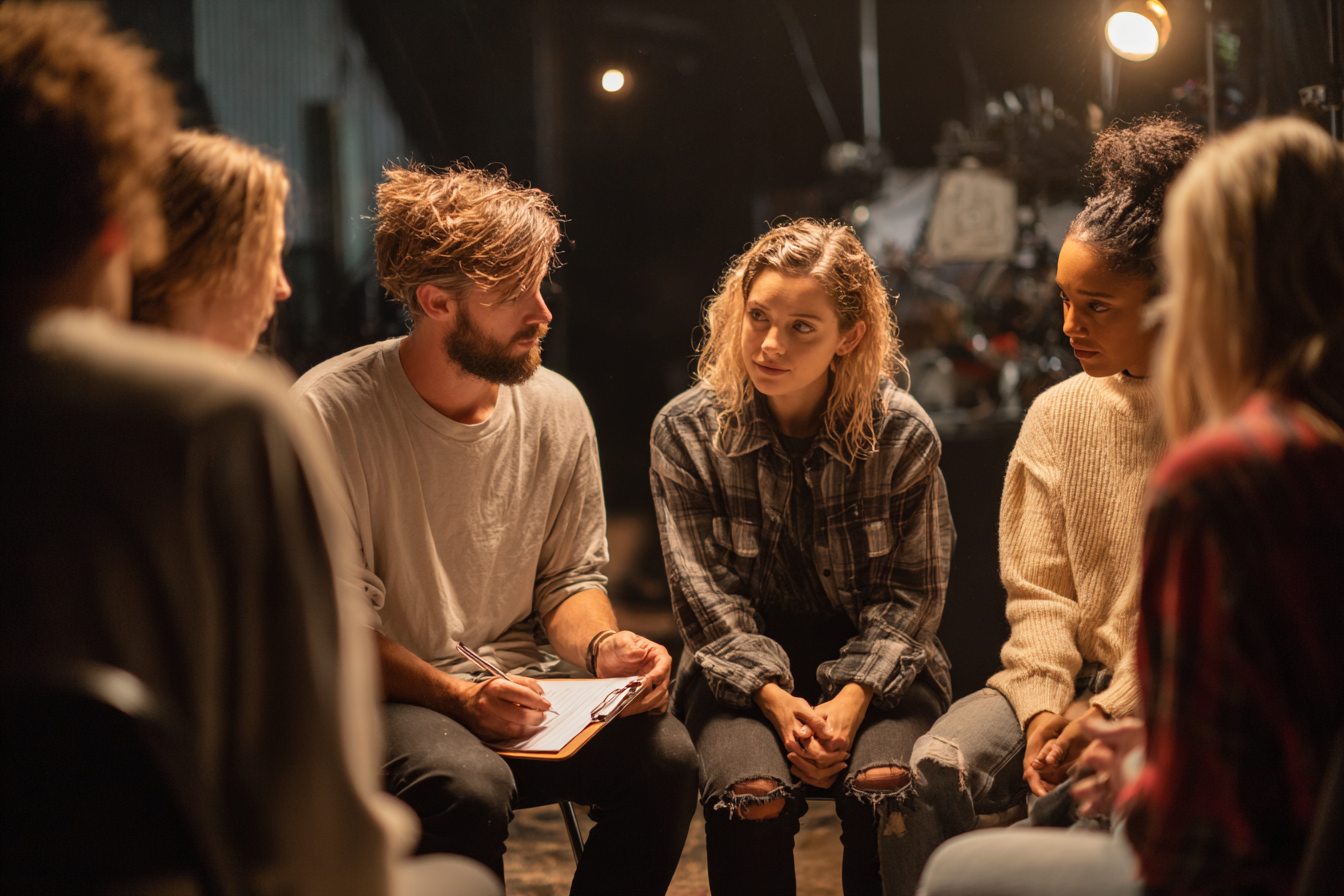My Connext Blog
Your source for workplace rights education, safety tips, and support resources.
“Don’t Rock the Boat”: Why Victims Stay Silent
In Hollywood, staying silent is often a survival strategy. This article explores why victims hesitate to report harassment, the emotional and career pressures behind that silence, and the cultural norms that keep abuse hidden. Learn what needs to change—and the tools that can finally make it safer to speak up.
Creating a Culture of Respect Behind the Camera
A respectful production environment starts behind the camera. Learn how directors, producers, and crew leaders can prevent toxic behavior, support mental wellness, and build inclusive, safe, and collaborative sets where everyone can do their best work.
What Actors Need to Know About Harassment on Set
Actors face unique vulnerabilities on set, from blurred boundaries during scenes to power imbalances behind the camera. Understanding what harassment looks like, knowing your legal rights, and using confidential reporting tools can help protect your safety and career. This guide explains how to recognize inappropriate behavior, respond confidently, and access industry resources designed to keep actors safe and supported.
Safe Reporting in Hollywood – A New Era?
Hollywood is entering a new era of safety as tech-driven reporting tools empower workers to document abuse anonymously and without fear. From encrypted incident logs to survivor-centered platforms like MyConnext.org, the industry is finally breaking its long-held silence and creating safer, more accountable production environments for all.
Where to Go When No One Believes You
When no one believes your story, the silence can be crushing. But safe, confidential platforms and survivor networks can help you find support, document your truth, and reclaim your power.
How Trauma From Bullying Impacts Creative Output
Bullying doesn’t just hurt individuals—it silences stories. In creative industries, trauma from bullying can block imagination, disrupt collaboration, and damage entire productions. Healing begins with safety, not fear.
How the Ombuds Office Serves Independent Filmmakers
When conflict arises on indie film sets, there’s often no formal HR to turn to. An ombuds office offers a confidential, neutral space to address issues, build trust, and keep productions on track.
Safe Reporting for Harassment in the Film and Television Industry
Speaking out against harassment in the film and TV industry is never easy. Anonymous reporting tools are empowering creatives to speak up safely and spark lasting change.
Ombuds Confidentiality – Can I Really Trust the Process?
In film and TV, trust is often the biggest barrier to reporting misconduct. Learn how confidential ombuds services create a safe space for workers to speak up.
Harassment Fatigue – Why Survivors Disengage
Harassment fatigue explains why many survivors in film and TV disengage after repeated harm. Learn how emotional exhaustion, silence, and lack of support impact resilience—and why withdrawal is a natural trauma response, not a weakness.
What to Expect When Working With an Ombuds
Learn what to expect when working with an ombuds in film and TV. Discover how this confidential, neutral resource helps creatives navigate workplace concerns, resolve conflicts, and find support without fear of retaliation.
What If Your Mentor is Toxic?
When guidance becomes control, it’s time to rethink the relationship. Learn how to spot and break free from toxic mentorship in the entertainment industry.
The Bystander’s Guide to Preventing Abuse on Set
Learn how to safely intervene and support colleagues on set when witnessing misconduct—without risking your job or reputation.
Protecting Interns and Assistants in Film & TV
Interns and assistants are often overworked and overlooked in film and TV. This post explores why early-career roles are at higher risk for misconduct—and how safe, structured internships can protect and empower the next generation of creatives.
What Counts as Workplace Misconduct on Production?
Learn what workplace misconduct looks like on a film or TV set. Understand your rights, how to document abuse, and where to report anonymously.
How to Recognize and Respond to Power-Based Harassment
Power-based harassment is common in creative industries. Learn how early-career professionals can recognize the signs and protect themselves safely.
Why You Shouldn’t Ignore Workplace Microaggressions
Microaggressions may seem small, but they fuel systemic bullying. Learn how to recognize and respond to subtle abuse in creative industry workplaces.
Is this Harassment? Areas you shouldn't ignore.
Unsure if your discomfort at work is harassment? Learn how to identify gray-area behaviors and protect your mental and emotional safety.
What to Do If You're Being Bullied by a Producer
Are you being bullied by someone in power on set? Learn how to document abuse, protect your career, and report misconduct in the entertainment industry safely.
5 Tools to Help You Document Workplace Misconduct
Discover five secure tools to document harassment, discrimination, or misconduct at work—especially for freelancers in entertainment. Protect your rights and peace of mind.




















